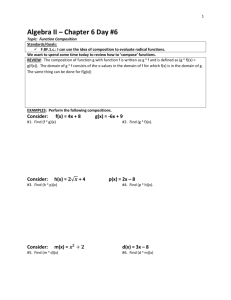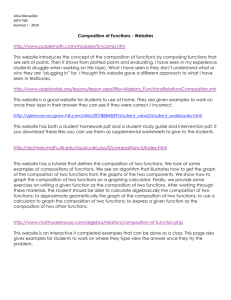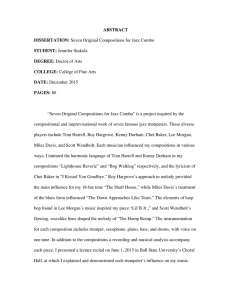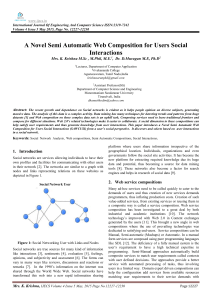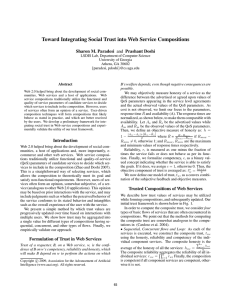WALSH, M. CHRISTINE, Ph.D., December 2009 Curriculum and Instruction
advertisement
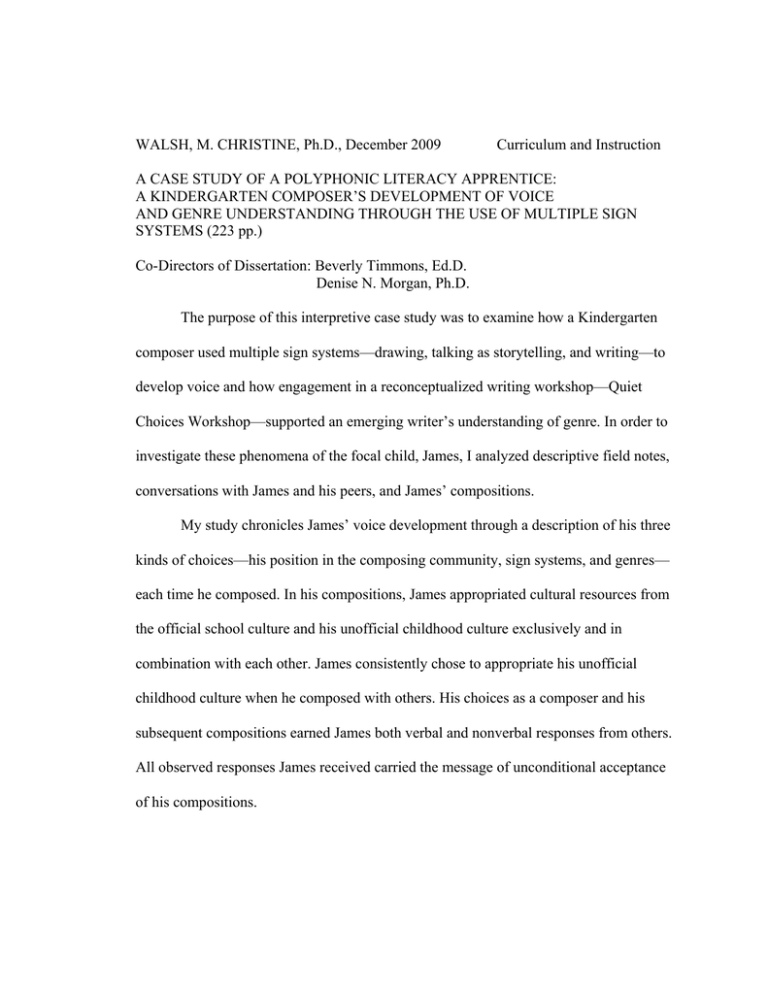
WALSH, M. CHRISTINE, Ph.D., December 2009 Curriculum and Instruction A CASE STUDY OF A POLYPHONIC LITERACY APPRENTICE: A KINDERGARTEN COMPOSER’S DEVELOPMENT OF VOICE AND GENRE UNDERSTANDING THROUGH THE USE OF MULTIPLE SIGN SYSTEMS (223 pp.) Co-Directors of Dissertation: Beverly Timmons, Ed.D. Denise N. Morgan, Ph.D. The purpose of this interpretive case study was to examine how a Kindergarten composer used multiple sign systems—drawing, talking as storytelling, and writing—to develop voice and how engagement in a reconceptualized writing workshop—Quiet Choices Workshop—supported an emerging writer’s understanding of genre. In order to investigate these phenomena of the focal child, James, I analyzed descriptive field notes, conversations with James and his peers, and James’ compositions. My study chronicles James’ voice development through a description of his three kinds of choices—his position in the composing community, sign systems, and genres— each time he composed. In his compositions, James appropriated cultural resources from the official school culture and his unofficial childhood culture exclusively and in combination with each other. James consistently chose to appropriate his unofficial childhood culture when he composed with others. His choices as a composer and his subsequent compositions earned James both verbal and nonverbal responses from others. All observed responses James received carried the message of unconditional acceptance of his compositions. I also found that James’ understanding of genre changed. In October, James was not able to state a purpose for a composition. In January through April, at the time of composing the texts, James stated a purpose for 8 of the 15 compositions. At the end of the study and with modeling by a peer, James stated a purpose for all compositions. Furthermore, when I compared James’ stated purpose to each genre, I found his purpose aligned with the features present in his compositions. I reached the following conclusions: the variety of choices offered to James fostered his development of multiple voices, James clearly changed in how he participated in the community of practice (Lave & Wenger, 1991), James grew to demonstrate an understanding of genre, and James learned that writing was a way to communicate. The implications for research and instruction highlighted the need for choices in position, sign systems, and genres; acceptance of appropriations from the official school culture and the unofficial childhood culture; and the value of implementing Cambourne’s (1988) conditions for literacy learning.
